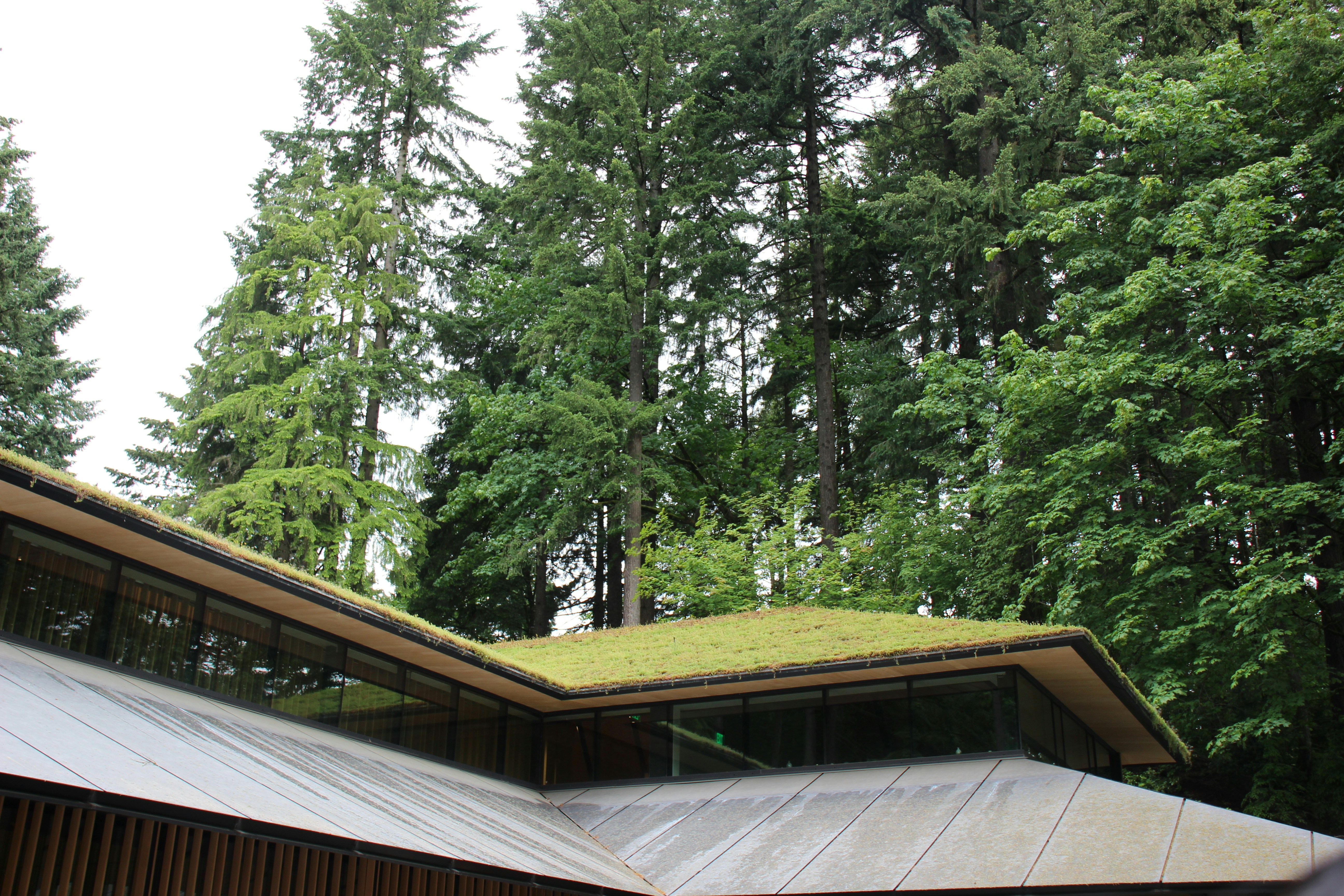Understanding Minimalism in Architecture
Minimalism in architecture is a design philosophy that emphasizes simplicity and functionality. Its origins can be traced back to the mid-20th century, with influences from various movements, including the Bauhaus and Japanese traditional aesthetics. This architectural style seeks to strip away unnecessary elements, focusing instead on the idea that less can indeed be more. By promoting this reductionist approach, minimalism aims to create spaces that evoke a sense of peace and clarity, reflecting the minimalist ethos.
At its core, minimalism is defined by a few fundamental principles. First, it champions open spaces with an absence of extraneous decor, allowing natural light and the surrounding environment to feature prominently. The use of clean lines and simple geometric forms is common, fostering an elegant yet understated appearance. Minimalist architecture often utilizes a neutral color palette, which further enhances the feeling of tranquility in a space. The goal is to foster an atmosphere where each element serves a purpose, positioning the focus on functionality and emotional resonance over ostentatious design choices.
The aesthetic qualities of minimalism promote a visual harmony that aligns with a growing cultural movement towards simplicity. In an era characterized by information overload and chaotic environments, minimalist design offers a respite, encouraging individuals to embrace a more intentional lifestyle. This design philosophy transcends mere aesthetics; it reflects a deeper philosophical belief that simplicity can lead to increased serenity and mindfulness in daily life. By minimizing distractions, architects and designers aim to cultivate spaces that not only meet practical needs but also nurture a profound connection to one’s surroundings and self.
Key Trends Driving Minimalist Architecture
The growing popularity of minimalist architecture is being significantly influenced by various key trends as we approach 2025. One of the primary drivers is the rapid advancement in technology, which has transformed the design and construction processes. Innovations such as Building Information Modeling (BIM), 3D printing, and smart home technologies enable architects to create more efficient and streamlined structures that epitomize minimalism. These tools allow for precise planning and execution, which not only reduces waste but also enhances the functional aspects of design, a hallmark of minimalist philosophy.
Another critical trend is the increasing emphasis on sustainable building practices. As environmental concerns continue to dominate the discourse around architecture, the minimalist approach, characterized by simplicity and reduced material consumption, aligns perfectly with green building objectives. This trend encourages the use of renewable materials and energy-efficient designs that minimize ecological impacts while optimizing user experience. Consequently, many consumers are gravitating towards minimalist designs that are not only aesthetically pleasing but also environmentally responsible.
Urbanization trends also play a substantial role in the rise of minimalist architecture. The ongoing influx of populations into urban centers necessitates the design of functional spaces that can accommodate a growing number of inhabitants in confined environments. Minimalist architecture, focusing on open layouts and multifunctional spaces, meets the demands of urban living, allowing residents to maximize their utility without compromising quality. The appeal of minimalism lies in its intrinsic adaptability, enabling individuals to personalize spaces according to their lifestyles without clutter or excess.
Finally, consumer preferences have shifted towards open, clutter-free spaces that emphasize functionality. Today’s homeowners desire environments that promote well-being and mindfulness, and minimalist architecture fulfills this requirement by eliminating unnecessary distractions. Overall, as we move closer to 2025, these trends will continue to shape the evolution of minimalist architecture, integrating technology, sustainability, urban adaptability, and consumer desires into cohesive design strategies.
Notable Examples of Minimalism
As the minimalist movement continues to gain traction in modern architecture, several notable projects in 2025 exemplify this transformative trend. One striking example is the Silence Pavilion in Tokyo, designed by the renowned architect Tadao Ando. This residential structure features a harmonious blend of concrete and natural elements, effectively blurring the lines between indoor and outdoor spaces. Ando’s masterful use of light and texture allows the building to embody serenity while serving as a meditation space for its inhabitants, illustrating the profound essence of minimalism.
Another remarkable project is the NYX Office Complex in Berlin, conceived by the innovative firm Zaha Hadid Architects. Standing out with its fluid forms and expansive glass façades, this commercial building maximizes natural light while minimizing visual clutter. The design principles prioritize efficiency and sustainability, reflecting minimalism’s core ideas. The smooth integration of green spaces around the complex allows for a seamless connection with nature and enhances the overall aesthetics, promoting well-being among its users.
Turning our gaze to the Americas, the Simple House in Miami highlights how minimalist architecture can redefine residential living. Designed by Snøhetta, this home embraces a modular construction approach, enabling flexible use of space and reducing environmental impact. With its unobtrusive design featuring a monochromatic palette, the home emphasizes functionality without sacrificing comfort. Its layout fosters a deep connection to the lush outdoors, allowing residents to experience tranquility amidst the bustling urban landscape.
These projects, among many others emerging in 2025, reflect the growing embrace of minimalist principles across diverse architectural contexts. By focusing on simplicity, functionality, and environmental harmony, architects are setting a new standard for innovative design that resonates with contemporary sensibilities, ensuring a lasting impact on the architecture of the future.
The Future of Minimalism in Architectural Design
As we look beyond 2025, the trajectory of minimalist architecture appears poised to evolve significantly, shaped by advancements in technology, shifting societal values, and increasing global environmental challenges. The fundamental principles of minimalism—simplicity, functionality, and a focus on natural light—are expected to remain central to architectural design, but their application may become more nuanced and sophisticated in the coming years.
One of the key factors driving the future of minimalist architecture is the ongoing development of innovative materials. The use of sustainable and eco-friendly materials will likely take precedence, as designers increasingly focus on reducing their carbon footprints. This shift aligns well with the minimalist ethos of reducing excess, allowing architects to create elegant yet functional spaces that prioritize both aesthetic appeal and environmental responsibility. Furthermore, advancements in smart materials—such as self-healing concrete and energy-efficient glass—could redefine the boundaries of minimalist design, enabling structures to adapt more readily to their environments.
Technological integration is another critical element influencing the future of minimalism in architecture. The rise of digital design tools and building information modeling (BIM) are streamlining the design process, allowing architects to explore more efficient spatial arrangements while minimizing unnecessary components. As a result, buildings can embody minimalism not just in their appearance, but also in their construction efficiency and energy consumption.
“Less is more.”
— Ludwig Mies van der Rohe.
Additionally, societal changes will continue to impact architectural preferences. As urban populations grow and space becomes increasingly limited, the demand for minimalistic living arrangements that maximize functionality may rise. These factors suggest that minimalism will not merely endure but will also adapt in response to challenges faced by contemporary society, reaffirming its place in the architectural discourse of the future.





